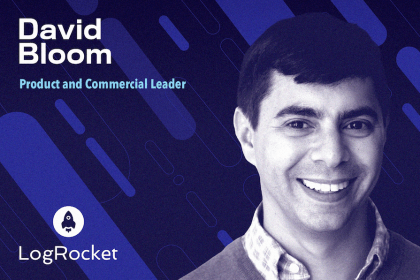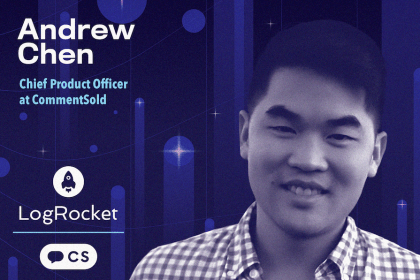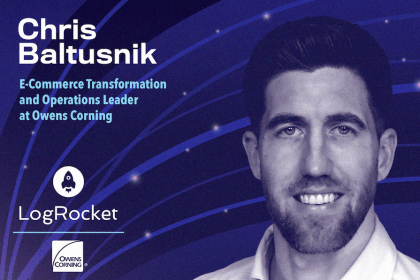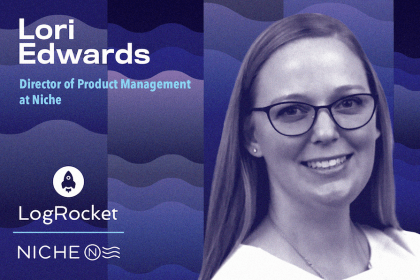
An after-action review refers to the process of conducting an in-depth study of an event after the fact, focusing on continuous learning.

David Bloom shares the importance of storytelling in product, and how talking to people the right way enables them to be effective.

Joseph D. Novak introduced concept mapping during the 1970s to visualize the evolving scientific understanding of students.

Andrew Chen, Chief Product Officer at CommentSold, discusses how live video is transforming ecommerce opportunities for brands.

Success metrics are measurable parameters used to measure progress, effectiveness, and ultimately, success.

Chris Baltusni talks about the difference between adopting an omnichannel approach versus a multichannel one.

The V2MOM framework encourages continuous communication and updates, making it a dynamic tool for managing progress towards goals.

Akash Gupta discusses the importance of empowering analytics and business intelligence teams to find “golden nuggets” of insights.

Lori Edwards, Director of Product at Niche, discusses challenges with the transition from an individual contributor to a people manager.

Effective rapport fosters trust, facilitates communication, and creates a foundation for successful collaboration and conflict resolution.

The core of PLG relies on reducing time to value and relentlessly improving the user experience by creating multiple a-ha moments.

Corina Santoro talks about how her team made the prediction that customers in the beauty school industry are going to prefer digital learning.